What Is The Insurance Value Of Medicare?
Stanley Feld M.D.,FACP,MACE
Healthcare insurance is
great if you do not need it.
The wonderful thing
about Medicare is private insurance is not available to seniors.
Healthcare insurance companies
are not interested in covering consumers with health risks or preexisting
illnesses.
In fact private
individual healthcare insurance policies are not available to an unemployed 55
year old person with mild obesity and hypertension.
If you are employed and
over 65 years old with mild obesity and hypertension the healthcare insurance
industry is required to insure you under your employer healthcare plan.
The employed person
receives healthcare coverage with pre-tax dollars.
A person who might be
eligible to purchase individual healthcare insurance must pay with after-tax
dollars.
This is unfair but
easily corrected.
The pre-tax/post tax
issue could be solved if the state insurance boards required the healthcare
insurance companies, wanting to sell private insurance in that state, cover
everyone applying for insurance. The insurance company should be required to
set the premiums based on community rating.
Everyone should pay
premiums with pre-tax dollars.
Medicare, through
government inefficiency, has become very expensive. If it were efficient
insurance it would be less expensive to both consumers and the government.
Most working people have
no idea of Medicare’s cost to them during their working years.
Medicare’s yearly tax
withholding is 1.45% of salary. A worker earning
$100,000 a year pays $1450 yearly to the Medicare Trust Fund. In 40 years that
person would pay $58,000 into the Trust Fund.
When they became eligible
for;
Medicare Part B the yearly premium in 2012 was
means tested.
|
If your yearly income in 2010 was |
You pay (in 2012) |
|
|
File individual tax return |
File joint tax return |
|
|
$85,000 |
$170,000 |
$99.90 |
|
above |
above |
$139.90 |
|
above |
above |
$199.80 |
|
above |
above |
$259.70 |
|
|
||||
|
|
||||
In
|
|
|
||
|
|
|
|
||
|
|
|
|
||
|
|
|
|
||
|
|
|
|||
|
|
|
|||
|
|
||||
|
|
|
|||
|
If your yearly income in 2011 was |
You pay (in 2013) |
|||
|
File individual tax return |
File joint tax return |
|||
|
$85,000 |
$170,000 |
$104.90 |
||
|
above |
above |
$146.90 |
||
|
above |
above |
$209.80 |
||
|
above |
above |
$272.70 |
||
|
above |
above |
$335.70 |
||
Income is defined as
income from all sources such as capital gains, interest, pension annuities,
social security and all earned income.
Further premium increases have been announced for 2014 but
have not been published.
Medicare premiums are
taken out of each Social Security check.
The Medicare Part B
insurance has deductible and co-pay rules. Medicare Part B deductibles apply
for each hospital stay, ER visits and physician office visits.
For each benefit period
you pay:
- A total of $1,156 for each hospital admission of
1-60 days. - $289 per day for days 61-90 of a hospital stay.
- $578 per day for days 91-150 of a hospital stay
(Lifetime Reserve Days). - All costs for each day beyond 150 days.
Skilled Nursing Facility
Coinsurance
- $144.50 per day for days 21 through 100 each
benefit period. Days 1-20 are free.
Part B: (covers Medicare eligible physician services, outpatient
hospital services, certain home health services, durable medical equipment)
- $140.00 per year. (Note: You pay 20% of the
Medicare-approved amount for services after you meet the $140.00 deductible.)
The deductible for the
first $140 dollars worth of services plus 20% of any physicians and hospital
bill can add up as one gets older. It becomes unaffordable for many seniors.
Medicare Part B’s deductibles
and copays’ costs makes Medicare gap coverage essential.
Premiums For Medicare Part
F
Policy Summary
Monthly Premium:
$84 – $302 depending on age and benefits
Estimated Annual
Cost: $6,050.00
Benefits
- Basic Benefits Medigap
Basic Benefits definition[?] – Opens in a
new window - Skilled Nursing Facilities Skilled
Nursing Facility definition[?] – Opens in a
new window
- Part A Deductible Part
A (Hospital Insurance) definition[?] – Opens
in a new window - Part B Deductible Part
B (Medical Insurance) definition[?] – Opens
in a new window - Part B Excess Charges (100%)
- Foreign Travel Emergency
- Preventive Services
Medicare
Part D is the drug benefit plan. Medicare Part D helps reduce the cost of
medications.
Medicare
Part D is also means tested. There are multiple plans to pick. Some include
complete payment for brand named drugs and some cover the donut. The price can
range from $40 to $120 per month per senior depending on the coverage a senior
picks. The additional means tested fees are below.
The
brand named drugs are expensive. Most drug chains have followed Wal-Mart’s lead
and charge $4.00 for generic drugs. This forces seniors to purchase generic
drugs
Medicare
Part D is expensive and unfair for seniors needing brand named drugs.
The Means Testing Formula For Medicare
Part D 2012
If your yearly income in 2010 was
|
You pay |
||
|
File individual tax return |
File joint tax return |
|
|
$85,000 |
$170,000 |
Your |
|
above |
above |
$11.60 |
|
above |
above |
$29.90 |
|
above |
above |
$48.10+ |
|
above |
above |
$66.40 |
http://www.medicare.gov/your-medicare-costs/costs-at-a-glance/costs-at-glance.html
Medigap
fees and Medicare Part D fees are paid with post tax dollars.
These
costs are in addition to seniors having contributed $58,000 to the Medicare
Trust Fund during their working years.
“The reason we have
health insurance at all is not that health care is expensive, but rather that
there is great uncertainty about who will need very expensive and potentially
lifesaving care and when they will need it. Medicare should give beneficiaries
not just access to medical care, but also protection from the risk of
catastrophic spending.”
Medicare
coverage is not cheap. President Obama’s Obamacare is going to make it more
expensive with less access to care.
Why
is Medicare Part B,F,D so expensive when
the average person on Medicare spends only $6,600 dollar per year?
This
is the major question. The government should focus on the answer. It should not
be spending time and money on a system that is punitive to patients and
physicians and has little chance of being successful.
The
money creating the Medicare deficit is going somewhere. Where?
The cost to Medicare beneficiaries is high.
The protection against economic ruin is limited. The basic benefit lacks a cap
on out-of-pocket spending, so beneficiaries are exposed to the risk of
open-ended cost sharing that can generate substantial financial strain (or
deplete assets for surviving spouses).1
Moreover,
the odds of facing a catastrophic expense mount over time. Almost 50% of
beneficiaries are hospitalized at least once over a 4-year period.2
If
we are going protect our seniors from financial strain or ruin Medicare must
reassess it premises and reduce its administrative waste. It must be completely
transparent. If the government did it correctly it would provide an affordable
healthcare insurance plan for seniors.
“Everyone knows the dice is loaded.”
Leonard Cohen.
At
the moment seniors do not have another choice. It is the only game in town.
The opinions expressed in the blog “Repairing The Healthcare System” are, mine and mine alone
Please have a friend subscribe
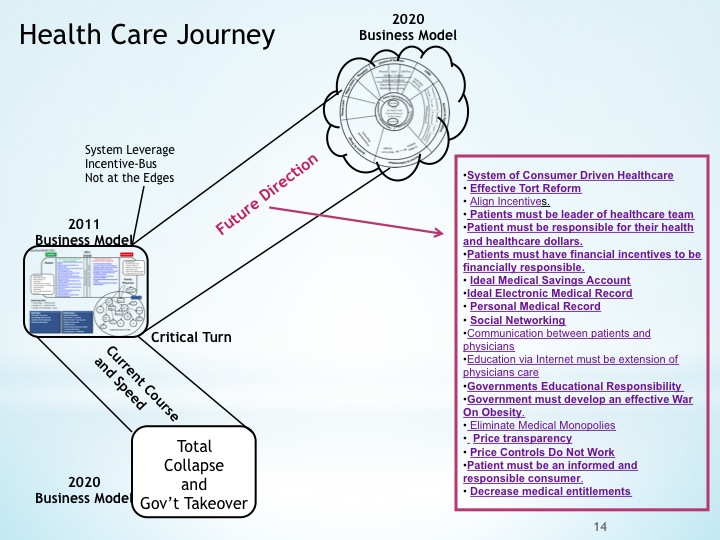
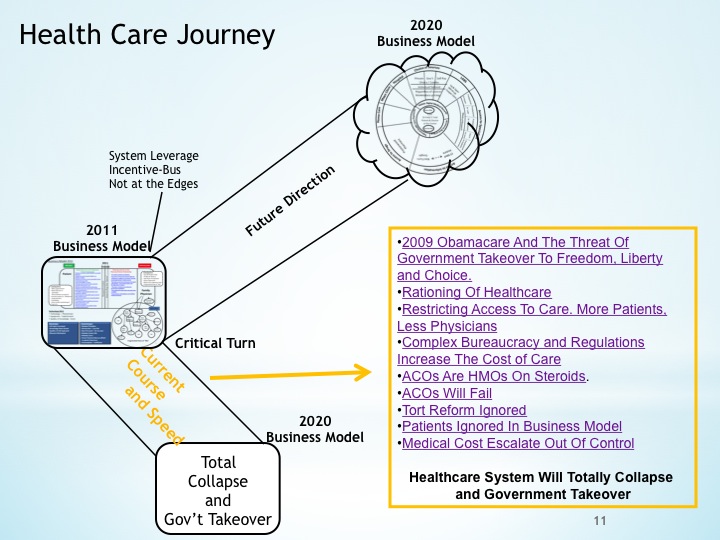
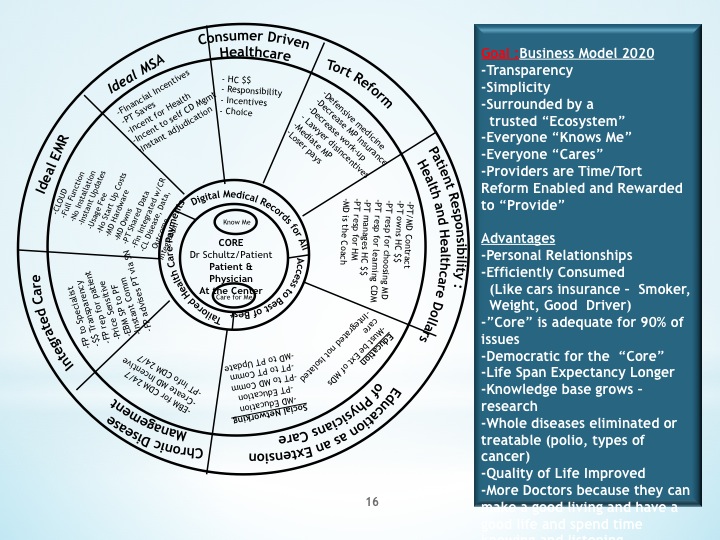
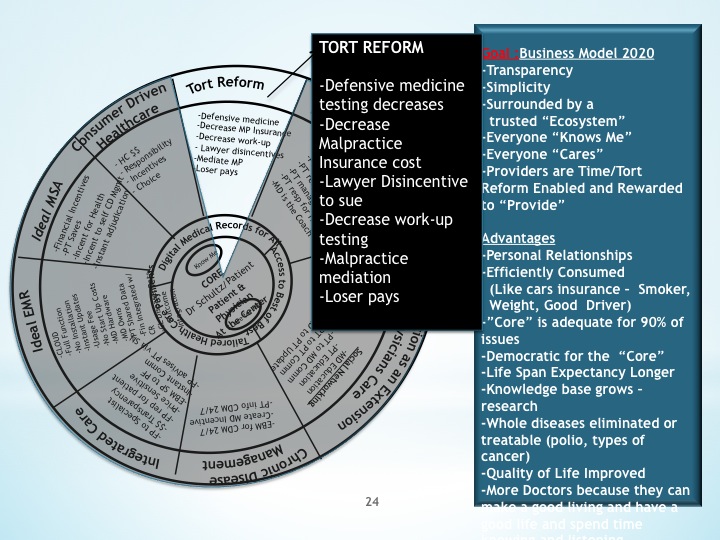
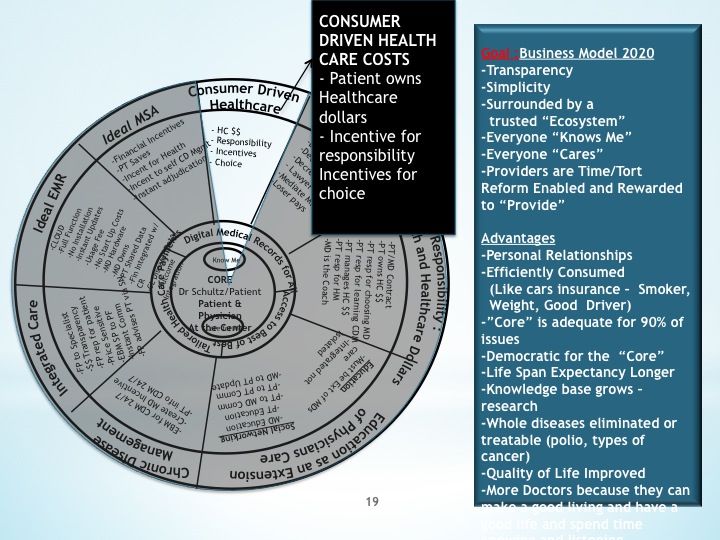
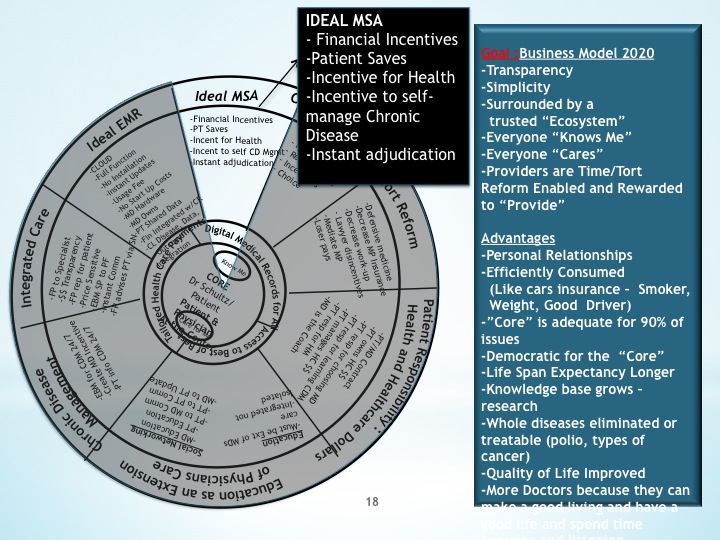
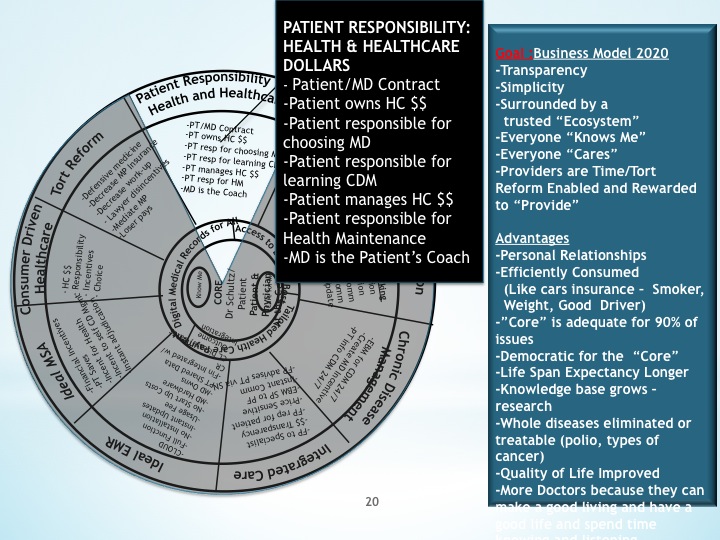
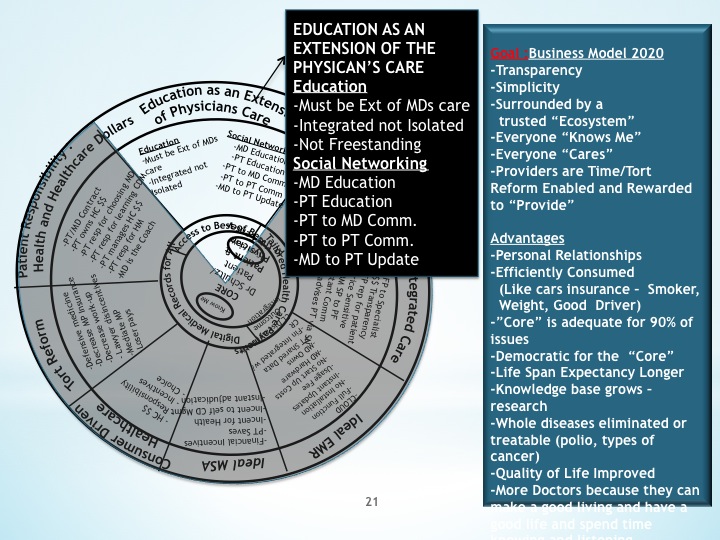
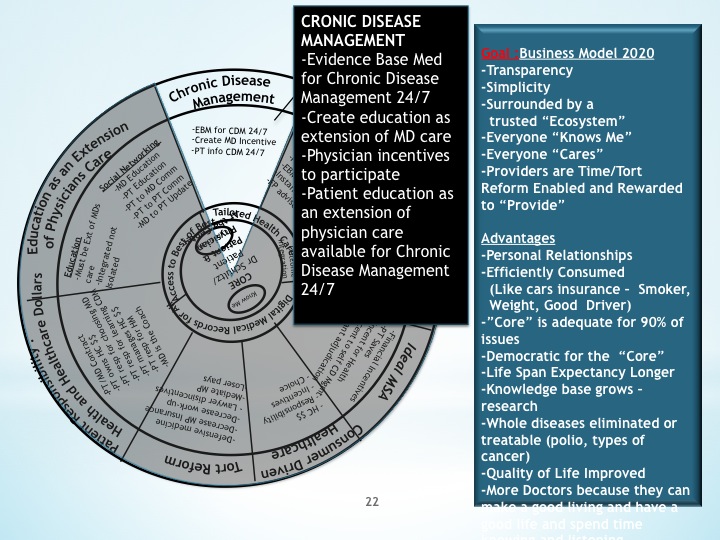
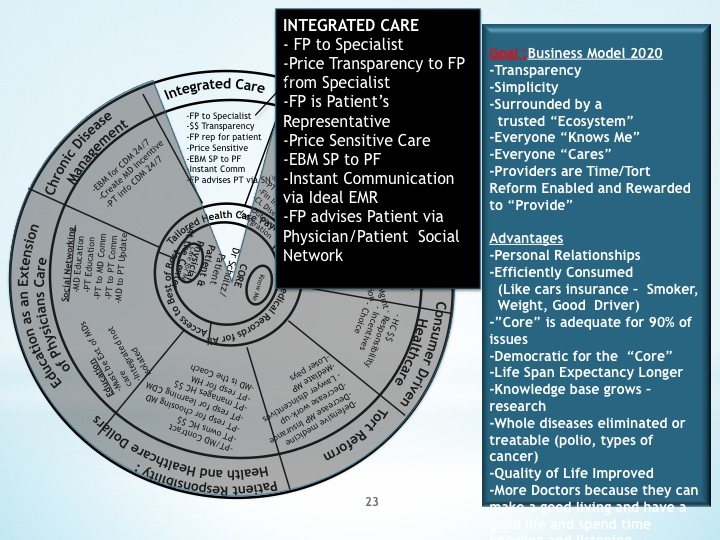
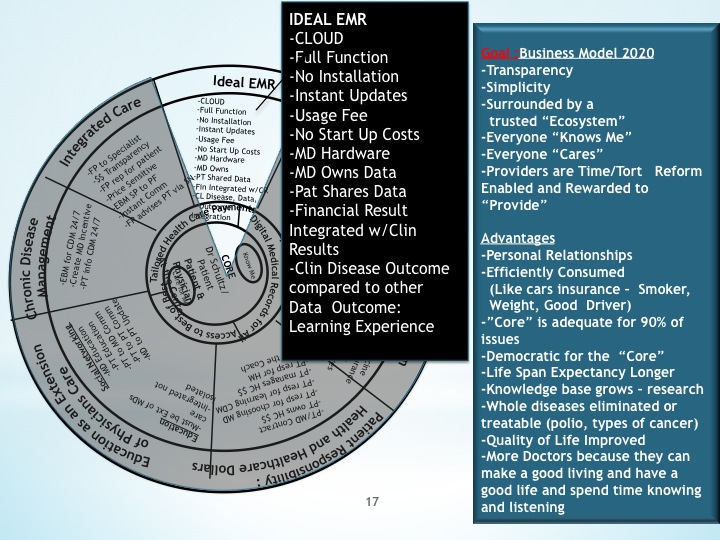
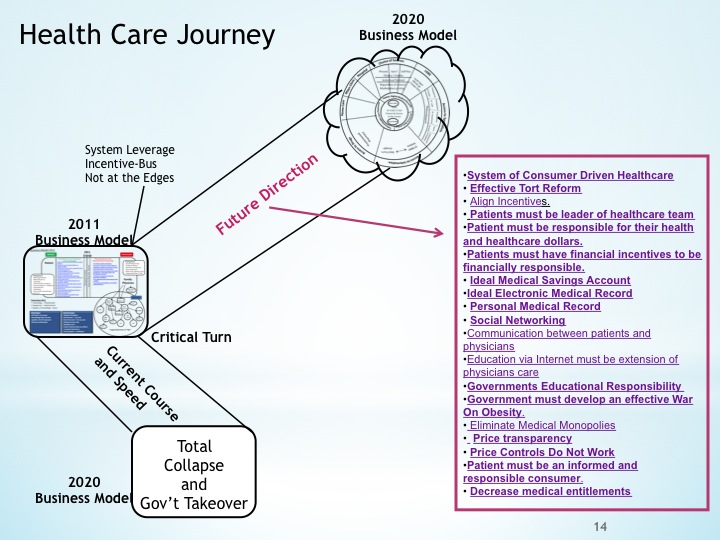
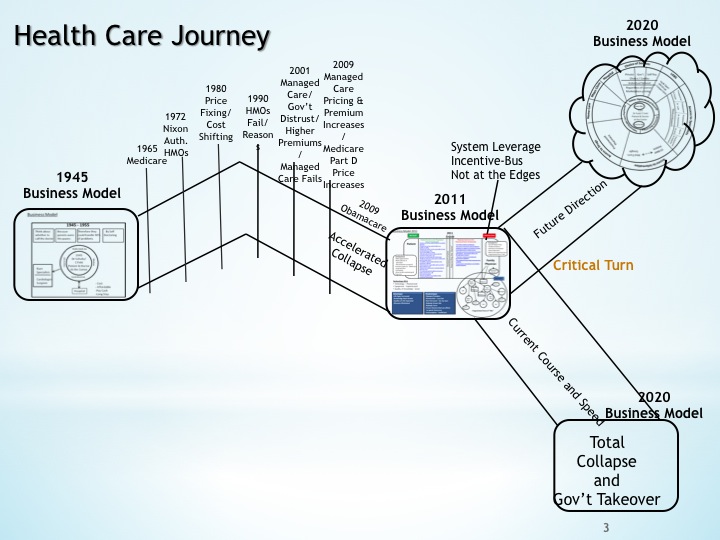
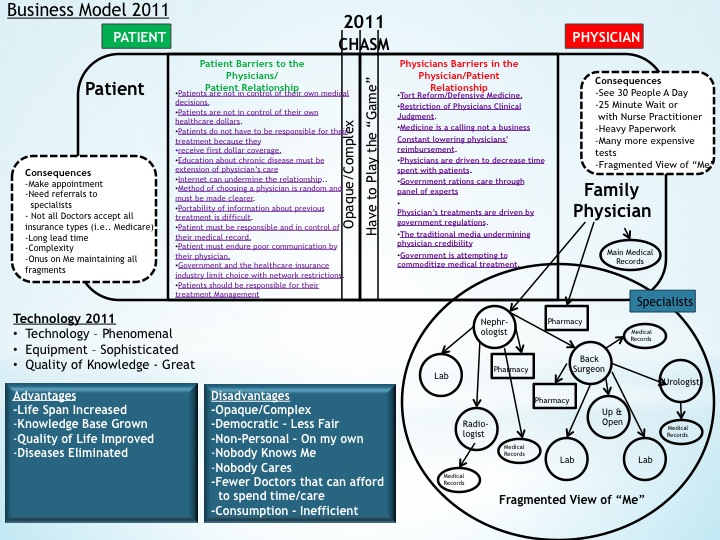
Julie Anderson • November 20, 2012
Healthcare policies must even beneficial to the seniors but they shows the less interest and they concentrate on the other categories.\They show the less interest because these are already with the problem and with them we will have no benefit!!!
Medicare